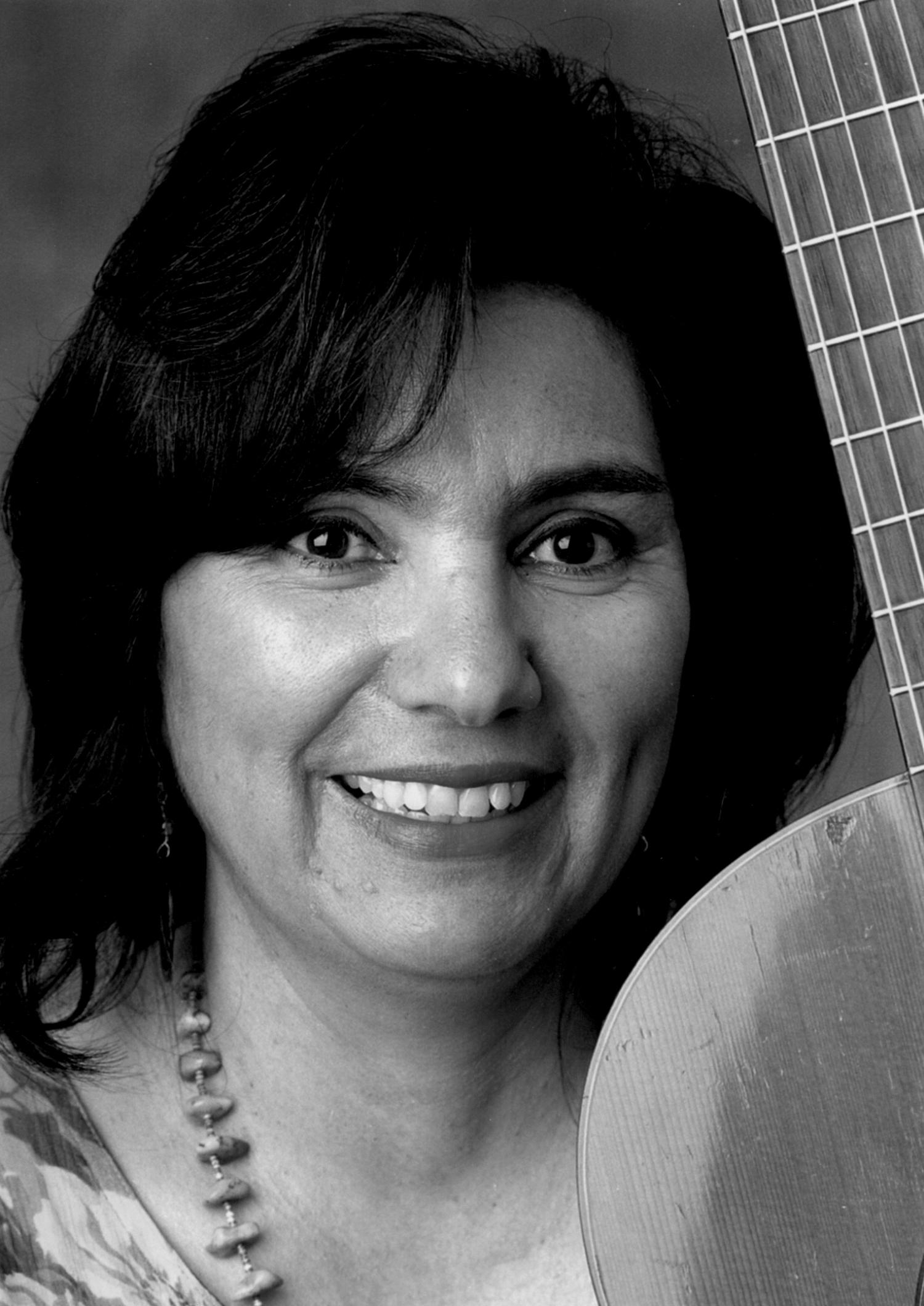Brenda Romero inducted into Chicano Music Hall of Fame
When Brenda M. Romero was inducted into the Chicano Music Hall of Fame on July 26, it was just another step in her long-running effort to utilize “old New Mexican music” to teach a history that is largely unknown today.
“I do concerts of old New Mexican music that is largely forgotten,” says Romero, associate professor of musicology and ethnomusicology in the CU-Boulder College of Music. “The songs reflect cultural interactions between the Spanish-Mexican and native people, and how music changed that over time.”
Romero was chosen for the honor based on her long, unique and excellent contribution to Chicano music in the United States, says Tony Garcia, founder of the hall and director of Denver’s Su Teatro, best known for its bilingual theatrical productions.
The award recognized her work on various Denver projects, including collaboration on KUVO’s “Canciones del pasado,” which explored Los Dias and Las Posadas musical traditions that have faded in Colorado. She also was integral to the Chile Harvest Festival programming and has given many public performances.
“My mother, Eufelia Romero always sang, and uncles Filadelfio and Elias Miera sang and played the old baile dance songs on guitar and Cristino Miera on the violin at weddings and family gatherings,” she says of her childhood.
For the induction ceremony at Su Teatro, Romero performed two “inditas” — the word means “little Indian girl” in Spanish, but the music reflects intersecting elements of both native and Hispano cultures, with themes that range from love to tragedy. “La cautiva Marcelina” is about a woman who is taken captive, reflecting the historical practice of the two cultures taking captives from each other.
“It is very poignant. Marcelina looks back and sees everyone being killed. It is graphic and sad, but melodically beautiful,” Romero says.
She grew up in New Mexico, on land belonging to her family between Santa Fe and Taos, and in Gallup, located in the heart of lands belonging to Zuni and Navajo Indian nations. As a master’s degree candidate at the University of New Mexico she began to familiarize herself with the region’s old music; the Spanish conquistador Coronado first explored the area between 1540 and 1542, long before the Pilgrims arrived. Recent scholarship suggests that the first schools to teach European music in what is now the United States were in the Pueblos of New Mexico, Romero says.
Romero earned a Ph.D. in ethnomusicology at the University of California, Los Angeles, focusing on the traditional Matachines music and dance that is found among the Pueblo and Hispanic people of the Southwest. That continuing research has taken her from New Mexico to Mexico to Colombia.
“The Matachines is a theater, music and dance complex that goes way back in European history. It was brought to (North America) during the conquest to evangelize the native people and commoners,” she says.
The Chicano Hall of Fame also inducted Mariachi Vasquez founders Raul and Sylvia Vasquez and the late Esequiel “Zeke” DeLeon, who was part of a musical “cross-pollination of Black and Chicano communities” in the 1960s and ‘70s.
Brenda M. Romero will perform at a College of Music Faculty Tuesday concert from 7:30 to 9:30 p.m. Sept. 17 at Grusin Music Hall, with special guests Jay Keister and Mami Itasaka Keister. Romero will give a short presentation on early New Mexican folk songs on voice and guitar and guest faculty and students will perform some of her compositions, including “Native Winds,” a woodwind quartet.



